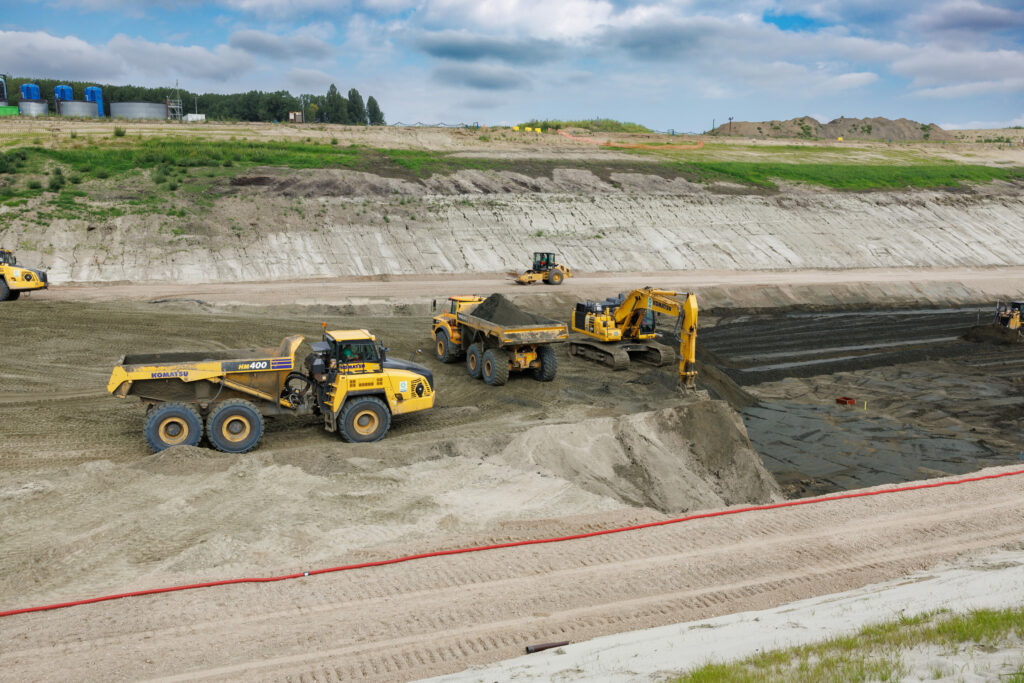Construction of the new Scheldt Tunnel, part of the Oosterweel works, was briefly halted after a British sea mine from the First World War was discovered during excavation works on Tuesday.
The Flemish Minister of Public Works Annick De Ridder (N-VA) announced the news on social media.
The eight tunnel segments of the Scheldt Tunnel are currently in Zeebrugge and will be transported to Antwerp via the North Sea in the spring, with the transport scheduled for mid-May.
The new tunnel will provide a third option for crossing the Scheldt, in addition to the Kennedy Tunnel and Liefkenshoek Tunnel. In the future, the Scheldt Tunnel will connect the Left Bank with the Right Bank at the northern edge of the city, just south of the port.
"Just as we were about to witness a historic step in the construction of the Scheldt Tunnel this Thursday – the breaching of the Scheldt dyke – we have to postpone the works," stated the minister on social media. "The reason? A British sea mine from World War I unexpectedly surfaced during the excavation."
The mine has since been removed by the bomb disposal service DOVO and will be detonated in a safe location. A new date for the breaching of the Scheldt dyke will be scheduled.
To connect the various tunnel segments on both sides of the Scheldt to the tunnel entrances, the Scheldt dyke must be breached.
Therefore, a temporary dyke is being constructed on the Right Bank near Scheldelaan. On the Left Bank, a new dyke is being built.

